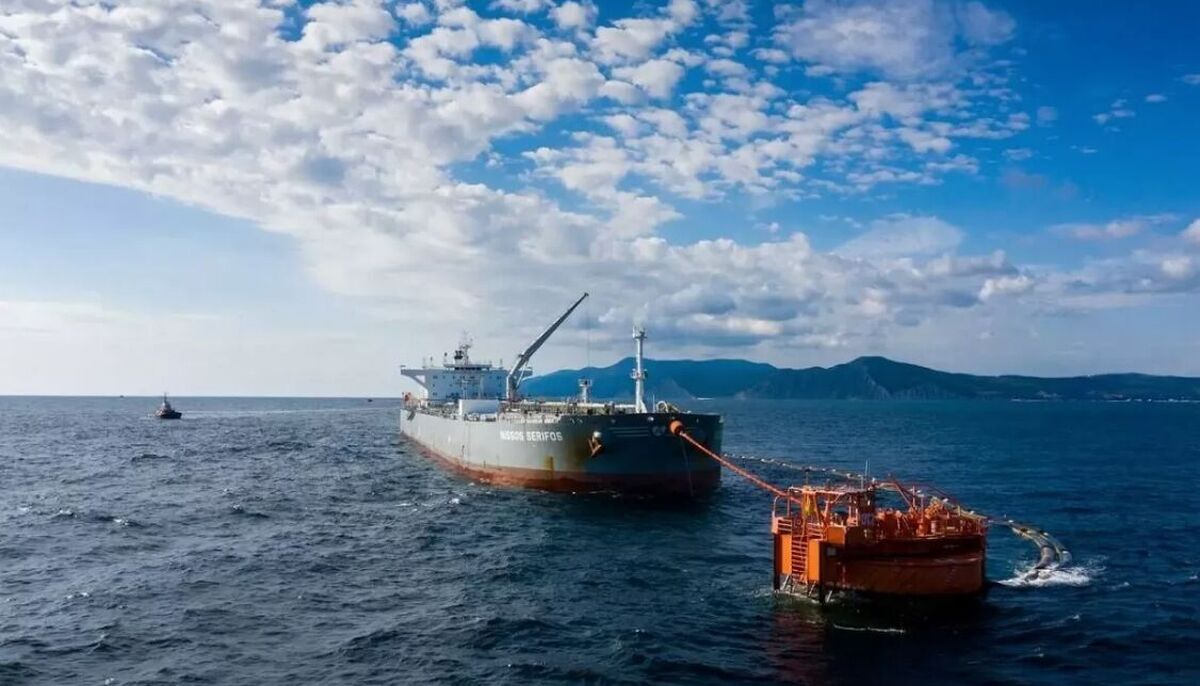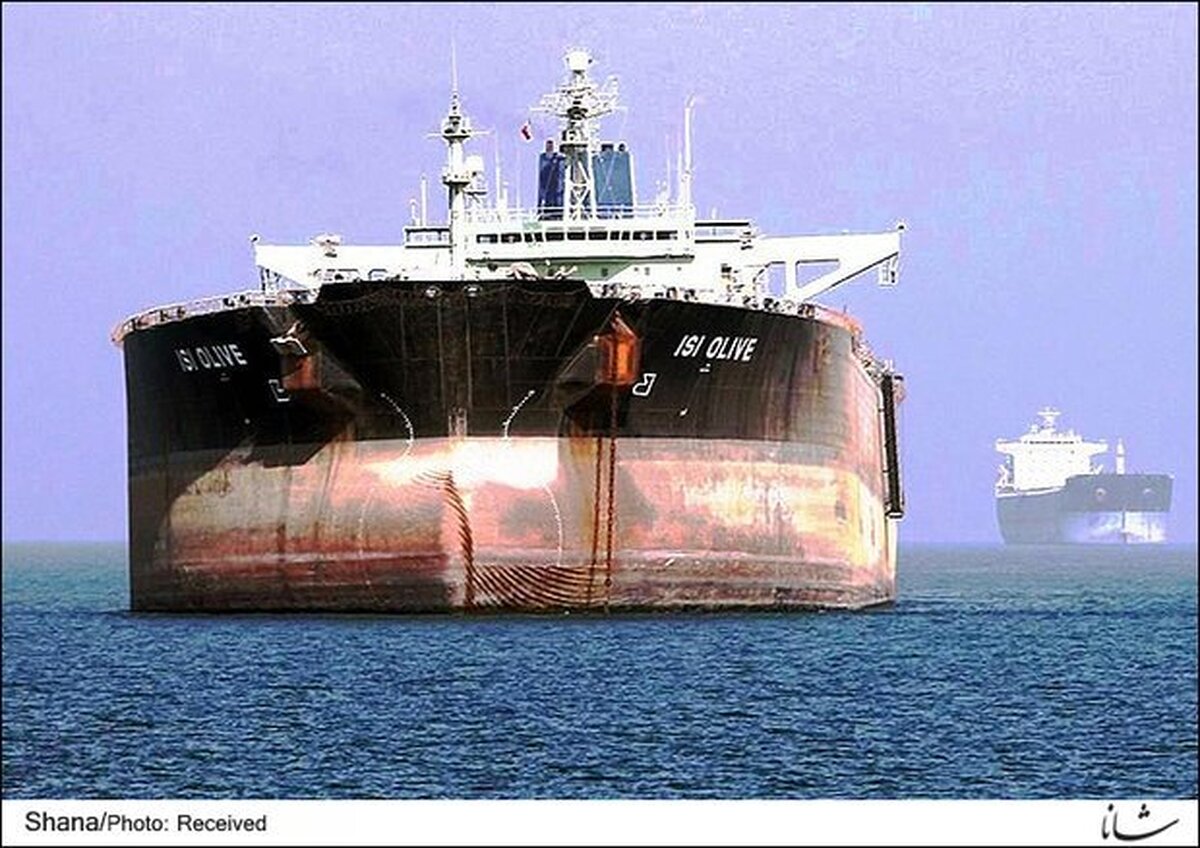
No Oil Derivative Imports in 2020
EghtesadOnline: The National Iranian Oil Company imported $2.7 billion worth of petroleum products, including gasoline and diesel, in 2017, but as local refineries boosted output, the imports followed a downtrend and reached zero in 2020.
Data published by the Central Bank of Iran on its website indicate that in 2018, NIOC imported half the oil derivative volume it purchased a year ago and that cost the state-run company $1.3 billion, IRNA reported.
The import of gasoline and other oil byproducts went on a downward spiral and was as low as $6 million in 2019.
And in 2020, for the first time in the company’s history, NIOC imported neither gasoline nor diesel but instead exported the surplus of the two key commodities to neighboring states like Iraq, Pakistan and Afghanistan.
Put it simply, oil refining companies in Iran have been doing reasonably well as production and export of gasoline have been of the ascending order in the past decade.
Based on information from the Oil Ministry, the National Iranian Oil Refining and Distribution Company, a subsidiary of NIOC, imported 30 million liters of gasoline per day in 2006 to meet domestic demand that was around 55 ml/d at the time.
As refining expansion took hold between 2007 and 2014 (in Lavan, Bandar Abbas, Abadan, Arak and Isfahan), output increased and imports were cut to 7 ml/d in 2015 when demand was 70 ml/d.
After the inauguration of the first phase of Persian Gulf Star Refinery in Hormozgan Province in 2019, the import of the strategic fuel was consigned to history.
With the completion of the second and third phases of PGSR, NIORDC started exporting gasoline in 2020 as supply outweighed demand for the first time in four decades.
Domestic refineries produced 120 million liters of gasoline on a daily basis in 2020, whereas demand was 100 ml/d and the surplus was exported to neighboring states, namely Iraq (mostly the Iraqi Kurdistan Region) and Afghanistan.
Export Revenue
According to Mehdi Mirasharfi, the head of the Islamic Republic of Iran Customs Administration, in the first five months of 2020, gasoline export revenue was more than $1 billion.
“Gasoline comprised 10% of the total export in the period and was underpinned by the decline in domestic consumption and increase in production,” he added.
Gasoline export is being promoted to manage the expanding inventory of the fuel largely due to falling domestic demand, thanks to the Covid-19 pandemic.
Iran has been exporting gasoline for more than two years despite the tough US sanctions. Industry data show Tehran has not only managed to continue exports, but has boosted foreign sales of the fuel threefold.
Data from consultancy FGE put total gasoline exports in March-July 2020 at 173,000 barrels per day on average, up from 30,000 bpd in January-February.
Gasoline consumption, which was 100 million liters per day in 2019, declined this year, as Covid-19 spread and so did lockdowns that grounded larger numbers of people. Gasoline sales did not surpass 80 ml/d in the last 15 months while NIORDC had forecast consumption would jump to 120 ml/d in 2020.
Euro-5 Compliant Gasoline
According to Ali Dadvar, the head of PGSR, the production of Euro-5 gasoline at the refinery has exceeded 47 million liters per day, up 30% compared to 2018.
"NIORDC produces 90 million liters of Euro-5 gasoline, of which 52% are produced by PGSR and the rest by Shazand Refinery in Arak, Markazi Province, Tabriz Refinery in East Azarbaijan and Bandar Abbas Refinery in Hormozgan Province," he added.
"In 2013, NIORDC did not produce Euro-5 gasoline," he said, noting that Shazand Refinery started to produce 17 million liters of high-quality fuel per day in 2014. Output reached 28 ml/d in 2016 and increased to 43 ml/d in 2019 after the Bandar Abbas and Tabriz refineries joined in.
The first phase of PGSR went on stream in mid-2017. Developed in four phases, 400,000 barrels per day of gas condensate are supplied to the complex from the South Pars Gas Field off the Persian Gulf.
European emission standards define the acceptable limits for exhaust emissions of vehicles sold in the European Union. The emission standards are defined in a series of European Union directives staging the progressive introduction of increasingly stringent standards.
Referring to catalysts such as aluminum, platinum, processed clay and acids, he said unlike other refineries such as the major Abadan Oil Refinery in Khuzestan Province, which imports catalysts from India and China, PGSR uses catalysts manufactured inside the country.




